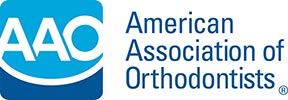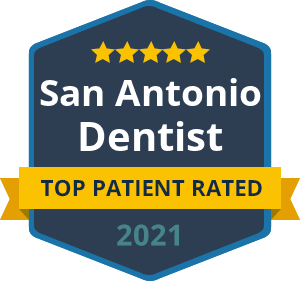What is the difference between early orthodontic evaluation and early orthodontic treatment?
Why might my child need early treatment?
How will early treatment benefit my child in the long-run?
These are just a few of the questions surrounding the topic of early orthodontic treatment for children.
The American Association of Orthodontists recommends that children first see an orthodontist as early as age seven. By this age, most children have a mix of baby teeth and adult teeth, making it easier for the orthodontist to diagnose and correct tooth and jaw problems sooner and without surgery. An evaluation by our team at Schatz Orthodontics can determine whether or not your child will need orthodontic treatment.
How to tell if your child may need early orthodontic treatment:
- Early or late loss of baby teeth (Your child may start losing teeth around age five, and should have the majority of the permanent teeth in by 11-13 years old.)
- Difficulty chewing and/or biting food
- Mouth breathing
- Continuing to suck thumb or fingers after age five
- Speech impediments
- Protruding teeth (The top teeth and the bottom teeth extend away from each other.)
- Teeth that don’t come together in a normal manner or even at all
- Shifting of the jaw when your child opens or closes his or her mouth (crossbites)
- Jaws and teeth that are not proportionate to the rest of the face
- Crowded, misplaced, or blocked teeth
- Crowded front teeth around age seven or eight
Even if it is determined that your child doesn’t need orthodontic treatment, an initial visit to an orthodontist will not only bring you peace of mind as a parent but will also give you the opportunity to help develop a road map for your child’s future dental care.
What causes orthodontic problems, and how will early prevention benefit my child?
Orthodontic problems such as crowding of the teeth, too much space between the teeth, jaw growth problems, protruding teeth, and bad bites may be inherited; or, may also result from injury to the mouth, early or late loss of baby teeth, or thumb sucking habits.
Most children have lost all their baby teeth by age 13 and, by the end of their teen years, the jaw bones will no longer continue to grow. Orthodontic procedures for adults often take more time and can involve tooth extraction and the possibility of oral surgery. As a child, receiving early orthodontic treatment can help prevent the need for orthodontics as an adult, and reduce the chance of extraction or surgery in the future.
If your child is between the ages of seven and eight and shows signs of needing orthodontic care, or if you have been directed by your family dentist to visit the orthodontist, please contact our office and schedule an appointment. We will provide your child with an initial exam, and discuss with you the best steps to take toward caring for your child’s smile.
Tools for the Journey
There are a lot of treatment options these days, from retainers to clear aligners to invisible, metal, and ceramic braces. They each have their uses.
Orthodontists have the specialized knowledge to consider all possibilities, based on variables like age, possible jaw imbalances, differences in the size of teeth, and more. They know what to use and when to use it, and will work with you to make the best decision for you and your child.
Posted on behalf of
22610 US Highway 281 North, Suite 201
San Antonio, TX 78258
Phone: (210) 494-4606







